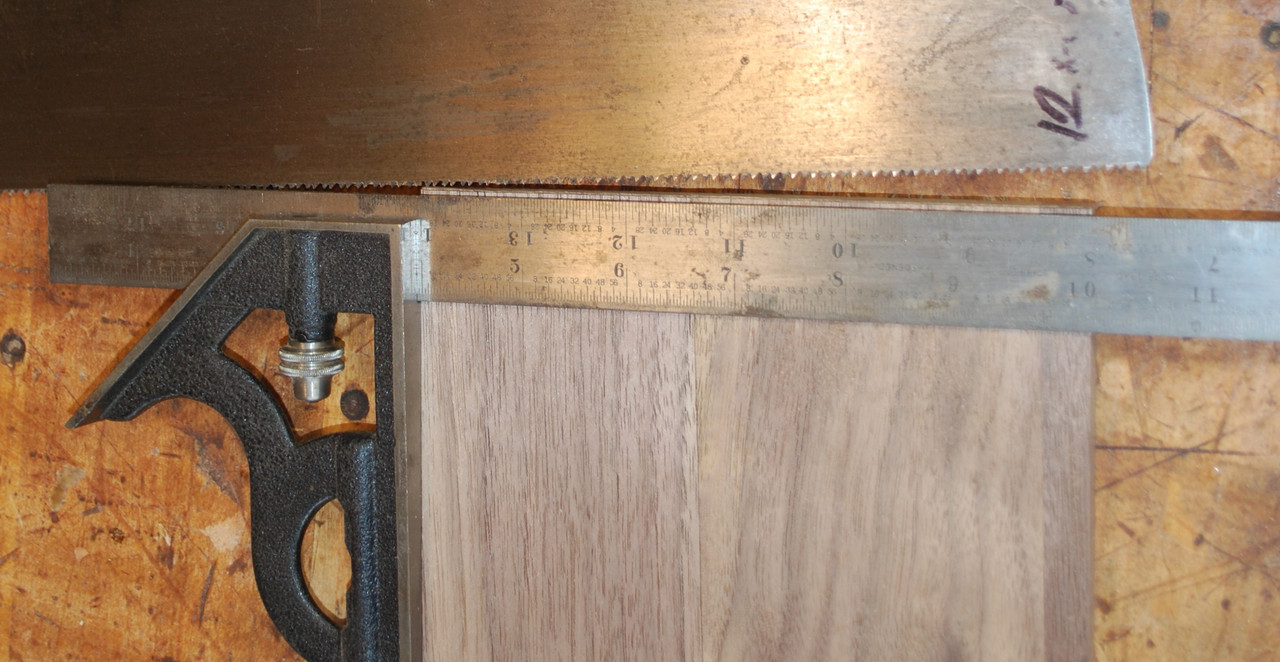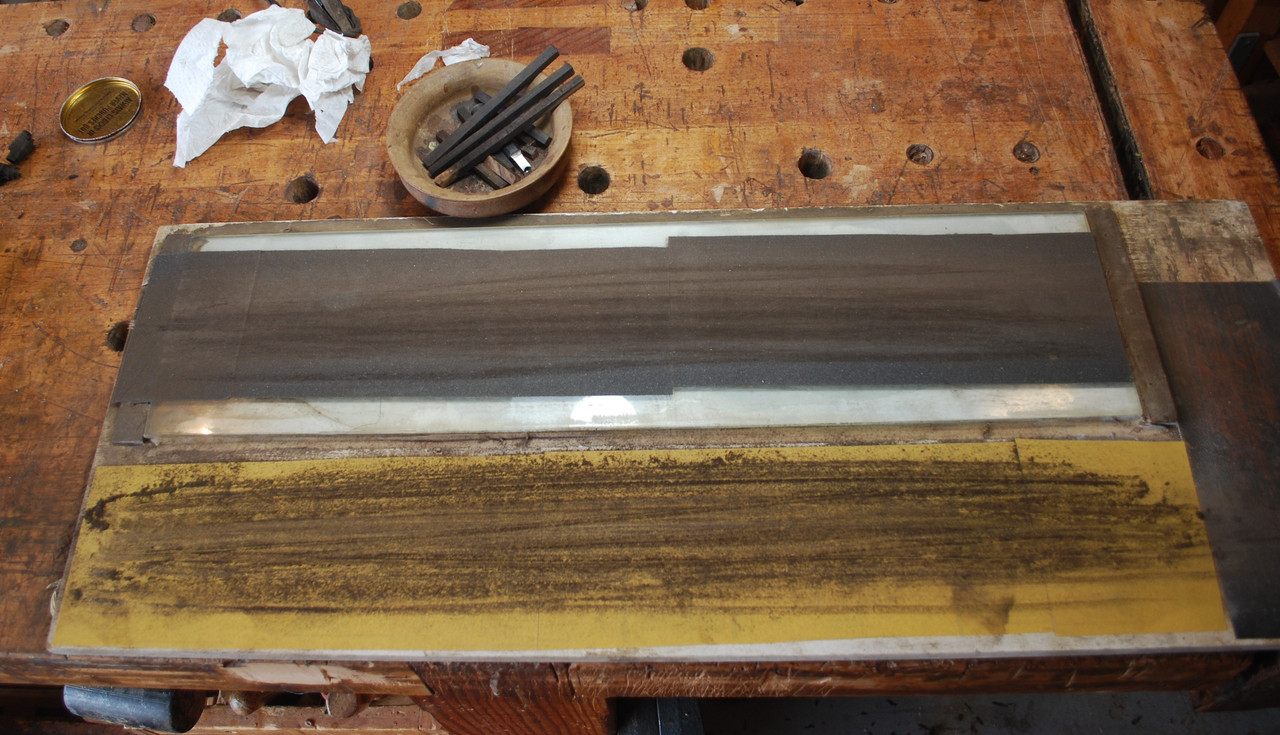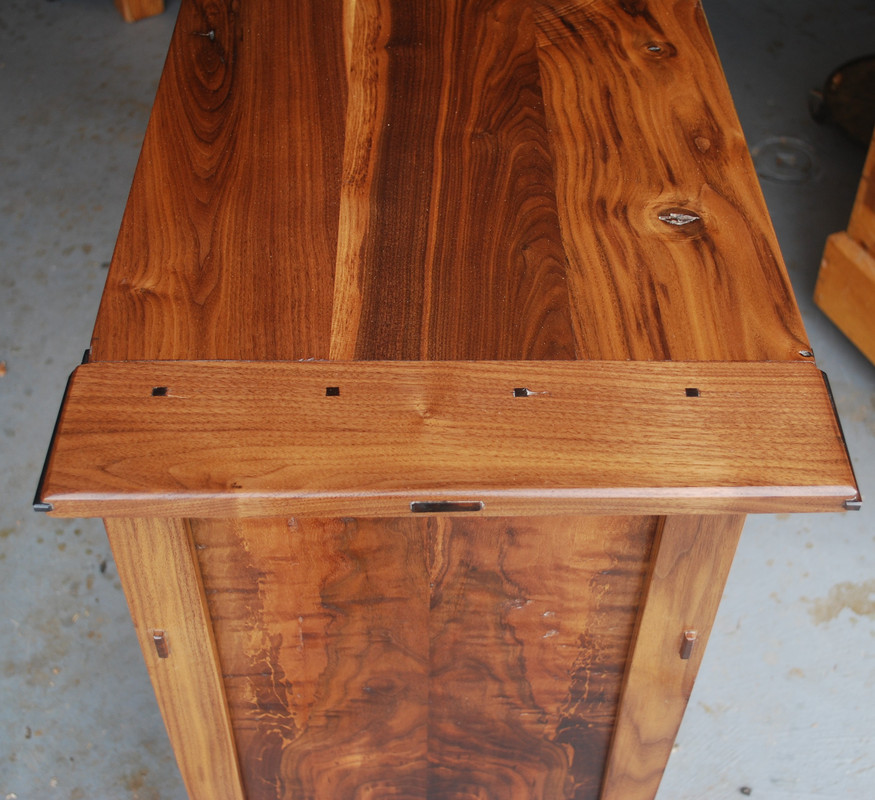This is a mostly hand tool build thread for a Greene and Greene sideboard in Walnut. This is the fourth piece in a matching set of coffee table, end table and sofa table. My intent is to share some of the tools and techniques that work for me –YMMV.
I started with the legs that will have multiple horizontal stretchers to accommodate three drawers at the top and a shelf at the bottom.
One of the characteristics of this style is multiple through mortice and tenon joints. I layout my mortises in the traditional way with a mortise gauge - pins filed to cut rather than as points. Remove most of the waste on the drill press and cleanup the reminder with chisels.
Cutting tenons is one of my favorite hand tool jobs. I used marking knife and paring chisel to establish the shoulder and then a shop made 16 point crosscut saw with 0.018” thick plate. I built most of my back joinery saws myself and prefer thinner plates for finer cuts, with more traditional .025” thick plates for ripping tennon cheeks and larger crosscuts.
Here’s some pics of relieving tennon cheeks (particularly the non-show side) with a sharp paring chisel.
To saw tennon cheeks, I typically try and use the largest, courses pitch ripsaw practical. The increased mass and blade length help both my speed and accuracy.
These are four shoulder tennons and these two Lee Valley sliding marking gauges are some of my most frequently used layout tools, particularly for laying out the width of these tennons.
For sawing the tennon to final width I really like Japanese pull saws –my favorites for delicate, small cuts.
















 Reply With Quote
Reply With Quote




































































